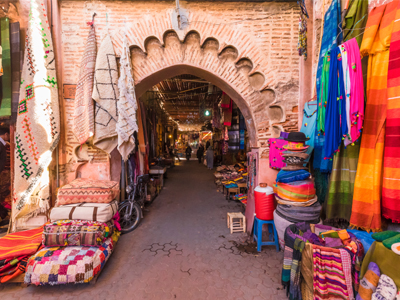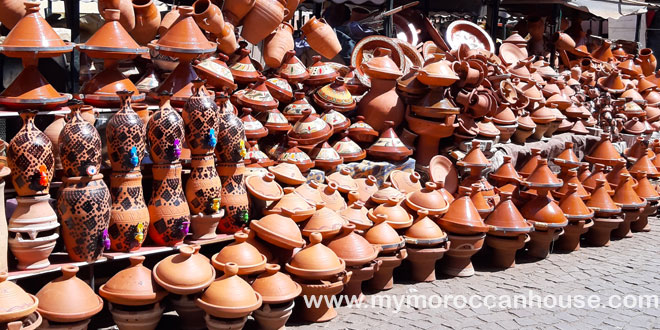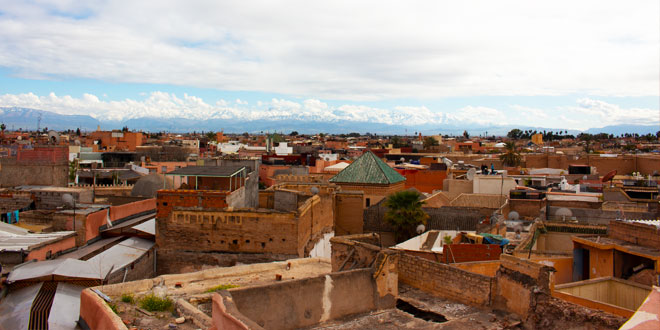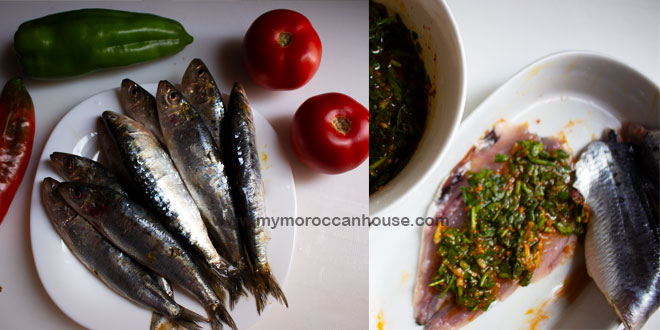Marrakech is a rapidly growing city situated in the foothills of the Atlas Mountains in Morocco. Although it has been inhabited for over 2000 years, there are still traces from earlier civilizations that have been discovered around modern-day Marrakech. The Berbers were historically responsible for creating many of the buildings and structures that can be found in the city today. In this article, we’ll learn more about Moroccan architecture by answering common questions such as:
What does Moroccan architecture look like? What is a Marrakech-style house? How do Moroccan houses look? What is the architecture like in Morocco? And many others.
Many homes in Marrakech can be characterized as white-washed houses with flat roofs from inside, and red from outside. They are typically adorned with intricate patterns and geometric motifs, which can be seen around windows, doorways, and archways. This is part of the traditional Arabic-Berber architecture marriage that has historically defined the cityscape of Marrakech.
How Are Marrakech Houses Made?
There is a wide variety of different Moroccan architecture styles that represent the diverse population and history of Morocco. For example, some homes in Marrakech can be characterized as white-washed structures with flat roofs. They are typically adorned with intricate patterns and geometric motifs, which can be seen around windows, doorways, and archways. This is part of the traditional Berber architecture that has historically defined the cityscape of Marrakech. In other parts of Morocco, such as Fez, the homes are made from red clay bricks and natural stone.
In comparison, in Casablanca modern high-rises have been constructed to accommodate a larger population in a smaller area. Other regions also show a strong French influence through various architectural styles that were introduced during the colonial period in the 20 th century.
While in most regions of Morocco buildings are made from clay, stone, wood, and other natural materials, in Casablanca modern high-rises have been constructed to accommodate a larger population in a smaller area. Other regions also show a strong French influence through various architectural styles that were introduced during the colonial period in the 20 th century.
Here the focus is on the art of carving intricate patterns and designs, often with floral themes, into plaster, stucco, stone, and wood. These bold patterns are then contrasted by plain white walls that highlight their playful detail.
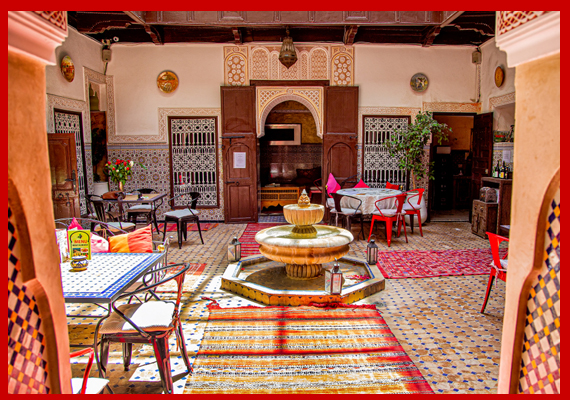
What Is a Marrakech-Style House?
Architecture in the country of Morocco dates back thousands of years and spans many different dynasties and reigns.
Morocco has a wide range of architectural styles and designs, influenced by many civilizations.
One of the most recognized features in Moroccan design is the zellige, which is a form of tilework made from ceramic materials that are often decorated with geometric patterns and sometimes written calligraphy. Other common features include arched windows and doorways, intricate stucco work on the outsides of buildings, and white-washed walls (which reflects heat and reduces the need for air conditioning).
Many of these architectural features can be seen throughout the Medina Quarter of Marrakech.
How does Moroccan architecture differ from other Arabic architecture styles?
Moroccan design has mainly been influenced by Spanish and French culture, which was brought over when Morocco was colonized. Also, Morocco’s geographic location in North Africa means it belongs to neither the Middle East nor Europe but is a part of Africa.
What are some common features that Moroccan architecture shares with other Arab cultures?
The influence of the Middle East and especially Andalucia can be clearly seen in Moroccan architecture, as buildings are designed around courtyards and often have walled or fenced-in gardens. This is due to Islamic tradition which encourages walking through gardens to reach a mosque.
Another important element of Moroccan architecture is zellige tiling, which consists of different colored geometric patterns that adorn the exteriors of many buildings.
Why Is Architecture So Influential in Morocco?
Architecture is one of the most influential art forms in Morocco, as it is representative of its culture and history. Islamic tradition and Andalucian influence contribute to the distinctiveness of Moroccan architecture, which can be seen throughout Marrakech and other cities in Morocco.
What is a good example of Moroccan architecture?
The Koutoubia Mosque in Marrakech is one of the best examples of Moroccan architecture because it features zellige tile work that was imported from Andalucia. This mosque is very distinctive in its location and design, as it stands alone in the city surrounded by palm trees and other vegetation.
What Does Moroccan Architecture Look Like?
The architecture of Morocco includes many influences. Natural elements, such as sunlight and water, have influenced the architectural style of Marrakech. The city skyline is marked by distinct shapes and patterns that are representative of Moroccan culture. Despite being located in a desert, the landscape surrounding the city features palm trees, so it’s no surprise that these elements are also reflected in the architecture.
Normal Moroccan houses are made of concrete, wood, and plaster; but this is not the case with mansions or royal residences that use other materials like marble or porphyry. There are places in Marrakech where you can find traditional Moroccan houses made of mud.

